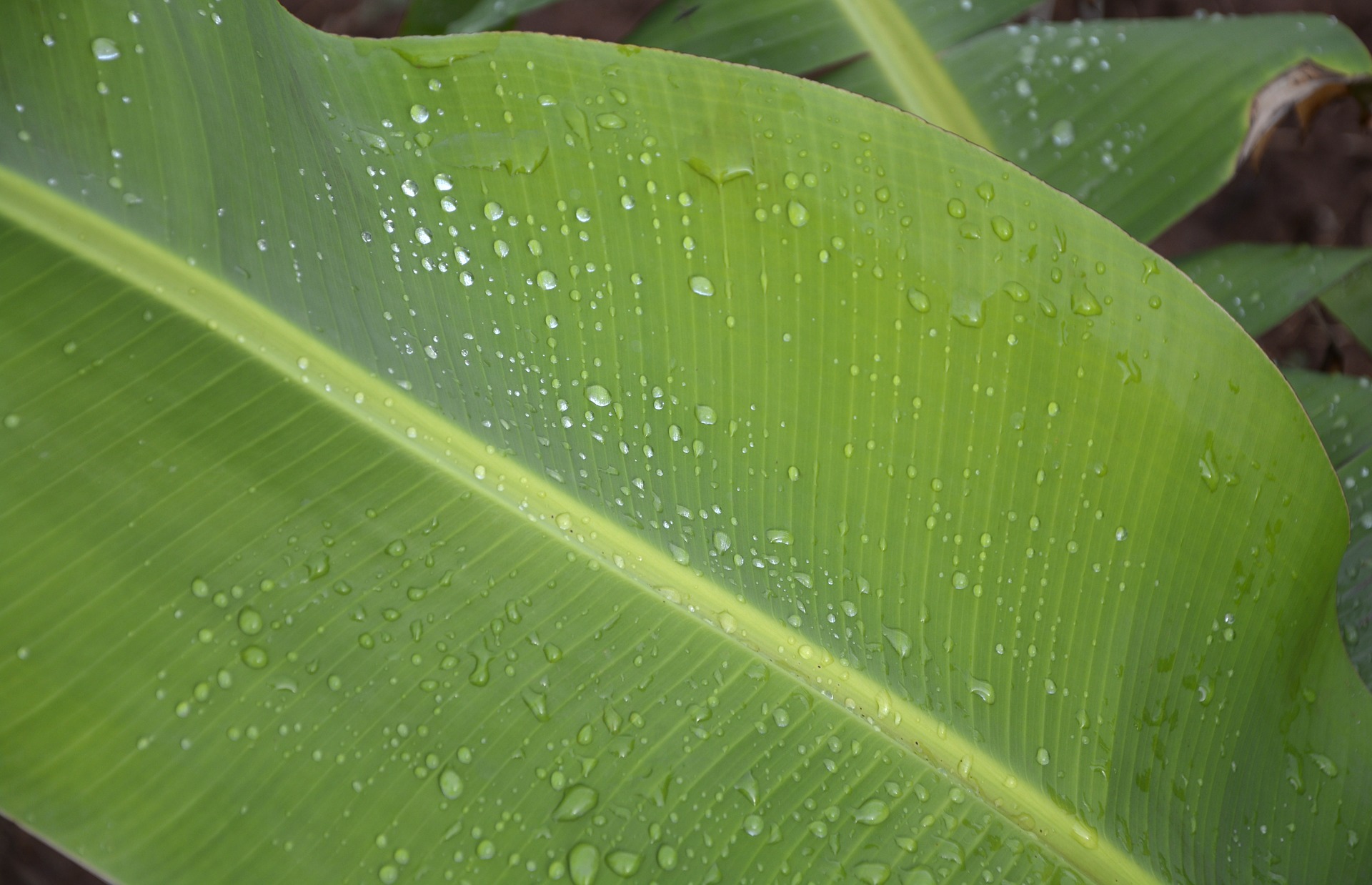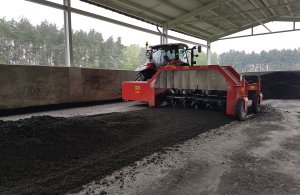The root system allows five or more generations of fruit-bearing banana stems to simultaneously grow at once. (Credit: MaterialDistrict)
According to an article on Materialdistrict.com banana fibre paper is made from agricultural waste left over after the banana harvest. The company extracts fibres from sustainably sourced banana trees grown at local farms here in Kosrae, Micronesia. In the paper making process, the fibres fuse together on a microscopic level to create a ‘leather-like’ paper material that is lightweight, tear-resistant, and biodegradable. It is important to note, however, that banana paper is less supple than leather, which may limit its role as a true leather replacement for shoes, handbags and other accessories.
Unlike apple, pear and other varieties of hardwood fruit-bearing trees, banana plants only fruit once in their lifetime and then they naturally die and decay away. The stem of the plant is what looks like the trunk of the ‘tree’, but it is actually tightly packed leaf sheaths that overlap as it grows. The most fascinating aspect though has to be the creeping underground stem and root system. It allows five or more generations of fruit-bearing banana stems to simultaneously grow at once.
The plant is categorized as a ‘tree-like perennial herb’ because the parent stem dies naturally after it bears the fruit and a new “sucker” takes over as the parent plant. This is sometimes hard to visualize, but this image shows the smaller offshoots already emerging from the soil waiting for their turn to bathe in the sun.
After farmers harvest the fruit, they chop down the parent stem to help facilitate this natural process and encourage growth, meaning that banana plantations are sitting on a gold mine of fibres otherwise considered waste material from the banana fruit harvest. Banana fibres are highly strong fibres that mix well with other fibres to form composites. They are lightweight, biodegradable, rapidly renewable, water-resistant, and flame-resistant.









